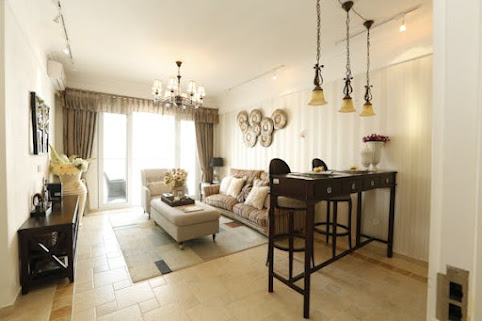How can architects create buildings that are not only visually stunning but also highly functional? This question lies at the heart of architectural design, where the challenge is seamlessly blending aesthetics and functionality. Achieving this balance is crucial for creating spaces that are beautiful and serve their intended purpose effectively.
In this blog, we'll explore the principles and practices that guide architectural firms in balancing these two critical design aspects.
Understanding Aesthetics in Architecture
Aesthetics in architecture refers to a building's visual appeal and artistic value. This includes the building's form, materials, colors, textures, and overall style. Aesthetically pleasing buildings inspire and elevate the human experience, contributing to a city's cultural and visual landscape.
Understanding Functionality in Architecture
Functionality, on the other hand, pertains to how well a building serves its intended purpose. This includes the efficiency of space utilization, ease of access, comfort, safety, and sustainability. A functional building meets the needs of its occupants and supports the activities it was designed for without causing inconvenience or discomfort.
Principles of Balancing Aesthetics and Functionality
Holistic Design Approach
Successful architectural design begins with a holistic approach, where aesthetics and functionality are considered from the outset. This involves understanding the building's purpose, the needs of its users, and the context in which it will be situated. A holistic design integrates these elements to create a harmonious balance.
Form Follows Function
One of the foundational principles in architecture is "form follows function." This means that the shape of a building should be primarily based on its intended function. By prioritizing functionality, architects can create designs that are practical and user-friendly. However, this doesn't mean aesthetics are neglected; they are integrated to enhance the building's purpose.
Use of Technology and Innovation
Modern technology and materials offer architects new ways to balance aesthetics and functionality. For instance, intelligent building technologies can improve energy efficiency and user comfort while allowing creative and flexible design solutions. Innovations in materials, such as eco-friendly composites or advanced glazing, can enhance both a building's visual appeal and performance.
Contextual Design
Buildings are not isolated; they are part of a larger environment. Contextual Design considers the surrounding landscape, climate, culture, and existing architecture. By considering these factors, architects can create buildings that harmonize with their surroundings and meet local functional requirements.
User-Centric Design
A user-centric approach ensures that the building meets the needs and preferences of its occupants. This involves engaging with clients and end-users to gather insights and feedback throughout the design process. By understanding user requirements, architects can design functional and aesthetically pleasing spaces.
Sustainable Design
Sustainability is a crucial consideration in modern architecture. Sustainable design practices not only enhance a building's functionality by reducing its environmental impact but also contribute to its aesthetic appeal. Features like green roofs, solar panels, and natural ventilation systems can be visually striking and highly functional. Click here to learn about 3D Virtual Tours.
Conclusion
Balancing aesthetics and functionality is a complex yet rewarding aspect of architectural Design. Architects can create beautiful and practical buildings by adopting a holistic approach, leveraging modern technology, and focusing on user needs.
If you want to achieve this balance in your project, consider contacting architectural design services in Virginia Beach from OneSpace Architects. Their expertise and innovative approach to design can help you create spaces that are as functional as they are stunning. Contact OneSpace Architects today to turn your architectural vision into reality.



Comments
Post a Comment